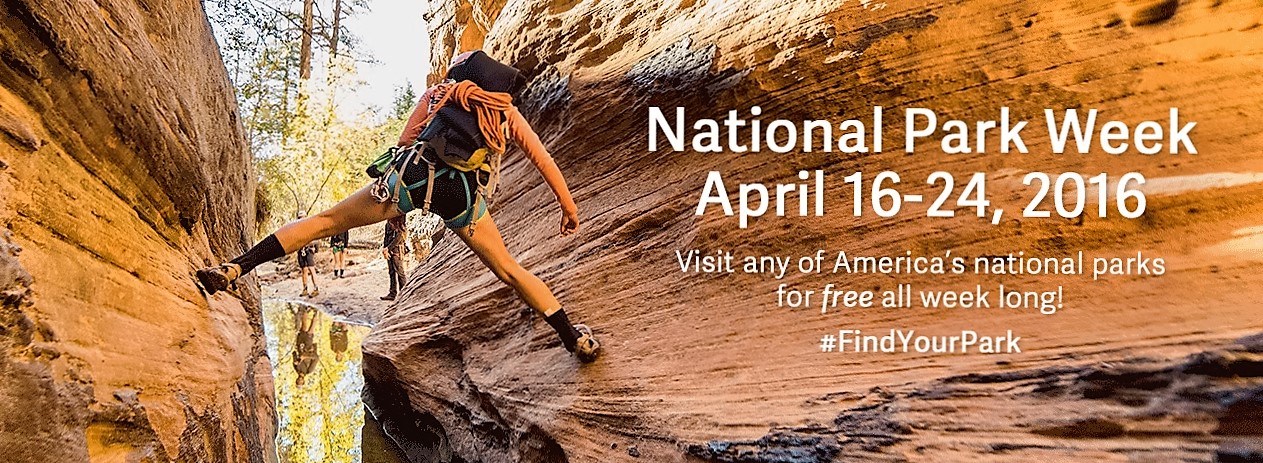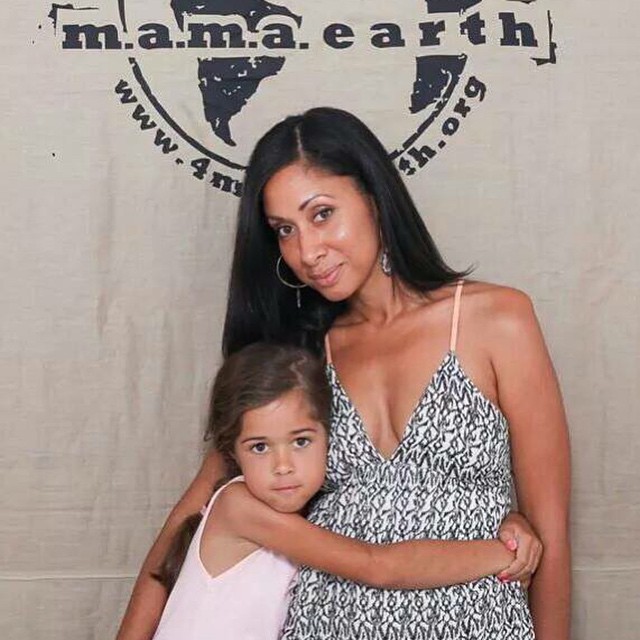
Kids :: Teaching Your Kids to be a Bird Sleuth
Springtime brings new life and chirping birds among other things. I just love to look out my window and see our resident hummingbirds stop by for a visit. My daughter and I went to the nursery last week specifically looking for plants to attract these adorable little birds and hope to have even more visitors stop by! Our family likes to go on nature walks and lately I have been able to get my six year old more interested in the birds we come across on our walks. This got me thinking about how to further her education about nature and birds and in my research I came across a great organization that helps to enjoy and appreciate nature and engage people of all ages in learning about birds.
The Cornell Lab of Ornithology:
The Cornell Lab of Ornithology is a world leader in the study, appreciation, and conservation of birds. Founded in 1915, the Cornell Lab is a nonprofit organization supported by 45,000 friends and members. Their vibrant community includes 200,000 citizen-science participants from all walks of life and 5 million bird enthusiasts of all ages who connect with us online at All About Birds. They offer several programs for novice to expert bird enthusiasts to become involved. Their BirdSleuth program offers parents and educators a variety of kit options, stand-alone games, and other great resources to engage your kids in real science!
5 Tips for Turning Your Kids into Birds Enthusiasts:
(Courtesy of The Cornell Lab of Ornithology)
1. Start with the GROUPS of birds: Have your kids make a list of all the birds they can think of to start, then look at birds they already know and compare and contrast them. Find pictures of local birds (or order Bird Focus Cards) and show them to your kids. Sort the birds you know into groups: Did you name any hawks? Songbirds? Shorebirds? Owls?
Birds are typically categorized by their shape and physical characteristics. For example, shorebirds have long legs and necks and upright bodies while gulls have short necks and are about as long as they are tall. Dividing birds into groups is an important skill, especially if you plan to use field guides for identification. Field guides group birds by their relatedness to each other, so if you can decide which group a bird is in, you will more easily be able to use field marks to determine which species you are looking at. You can find silhouettes like those seen above at the front of almost any field guide.
2. Become a Bird Expert! Give each child in the group one specific bird to focus on. Let your kids become the experts and then let them teach each other! A great way to do this is with The Lab of Ornithology Birdsleuth Focus Cards. These cards provide details and cool facts about some of the most common birds in your area. If each student in your group knows one bird, then collectively you know as many birds as there are people in the group!
3. Observe! Get your students outside or even just looking out the window. If you have a bird feeder nearby or a wooded area take them on a bird walk. Ask everyone to write down and sketch the birds they see. When you return to the classroom, compare notes and have a discussion about what you saw, heard and experienced. Considering binoculars? Read BirdSleuth’s binocular tips.
4. Keep learning and thinking. The Lab of Ornithology created four “Inside Birding” videos to help beginners learn how to identify birds. Each of these fun videos is only about 10 minutes long. Watched in sequence, they will give you many tips for how our best birders figure out which-bird-is-which.
5. Motivate with citizen science! Even if your bird identification skills aren’t perfect, you can get started, and participating in citizen science is really motivating. Once your kids have a working knowledge of birds, get them set up with projects at the Cornell Lab of Ornithology like eBird and Project Feederwatch. Practice makes perfect… please just only count the birds you can reliably identify. For the others… sketch the bird, look it up in a field guide, and try to learn it for next time. (Tips courtesy of The Cornell Lab of Ornithology. To read more go to: www.birdsleuth.org).
This is such a great way to get the kids out into nature and appreciate all that it encompasses! Plus, what kid doesn’t like to go adventuring and use binoculars! If you go to The Cornell Lab of Ornithology website (www.birdsleuth.org) you will find Kits & Free Resources that you can use in the home or classroom. Happy birdsleuthing!
What has been one of your more memorable bird sightings?
References: The Cornell Lab of Ornithology: www.birdsleuth.org
Photo of boy courtesy of Flickr: https://www.flickr.com/photos/ngpc/6772476221/sizes/z/in/photostream/
Photo of bird courtesy of Flickr: https://www.flickr.com/photos/dansphotoart/4078348870/sizes/z/in/photostream/
0





